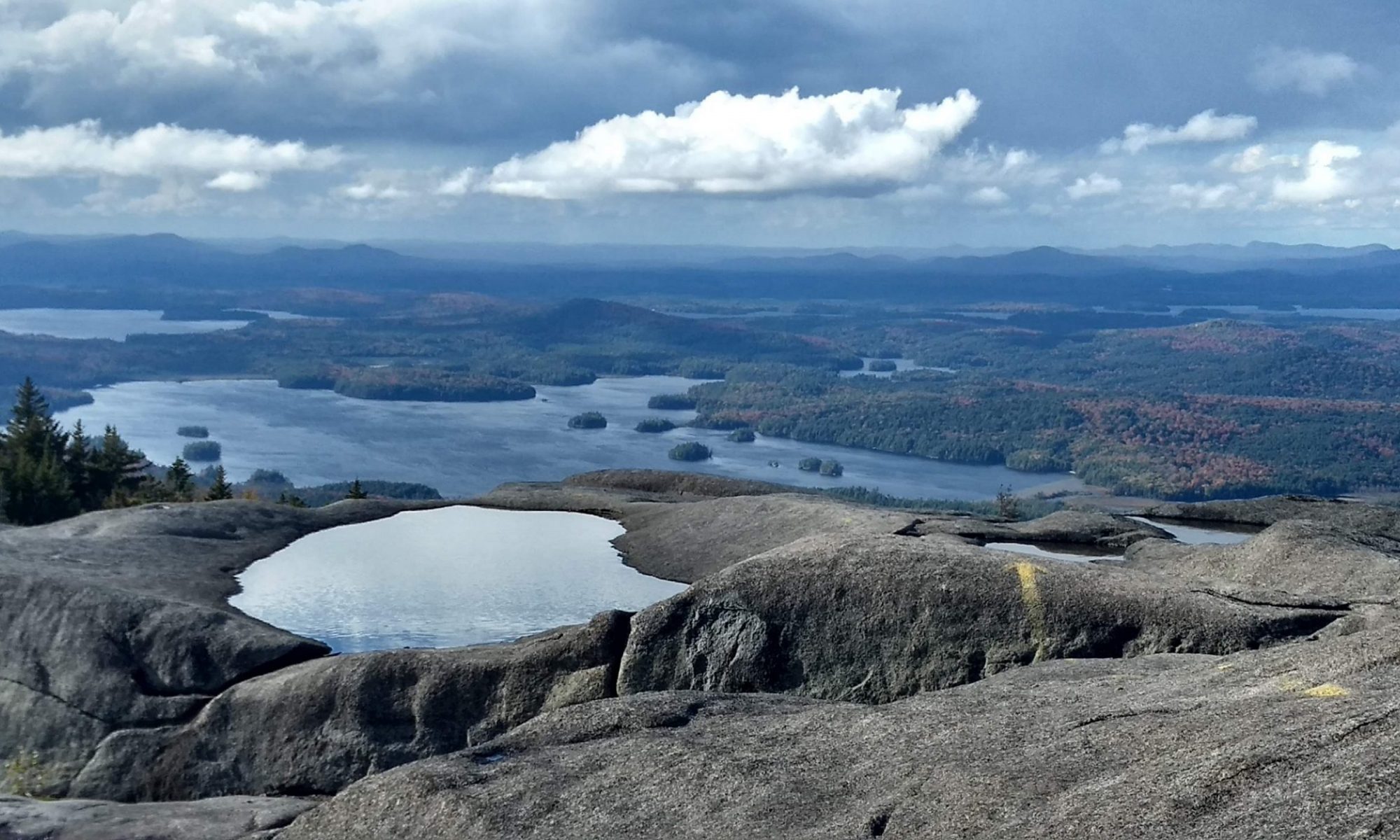Who
Termite, Syntermes dirus
What
230,000 square kilometre(s)
Where
Brazil
Constructed over nearly 4,000 years and still occupied in parts to this day, a subterranean network of colonies in the caatinga scrubland of north-east Brazil that spans an area of 230,000 square kilometres (88,800 square miles) – larger than the island of Great Britain. The architects behind this megastructure are Syntermes dirus termites, the workers of which only measure about 1 centimetre (0.4 inches) long. The conglomeration (which is visible from space) is distinguished by some 200 million conical mounds (known locally as murundus) on the surface formed from waste dirt excavated from the tunnel systems beneath, each measuring around 2.5 metres (8 feet) tall and 9 metres (30 feet) in diameter. In total, the mounds are comprised of an estimated 10 cubic kilometres (2.4 cubic miles) of soil, which in terms of volume is equivalent to around 4,000 Great Pyramids of Giza.
The youngest of the mounds has been dated at 690 years and the oldest 3,820 years.
For context, the largest human city is the New York Metropolitan Area at 8,683 km2 (3,353 sq mi).
Martin, S.J., Funch, R.R., Hanson, P.R. and Yoo, E.H., 2018. A vast 4,000-year-old spatial pattern of termite mounds. Current Biology, 28(22), pp.R1292-R1293.

